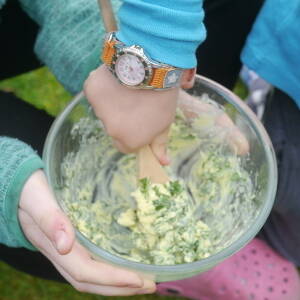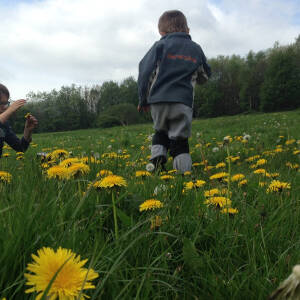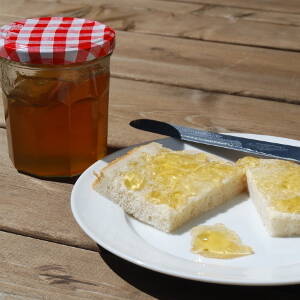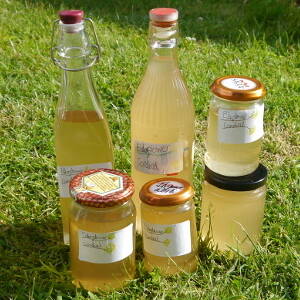Forage for wood ear fungus
A common non-poisonous fungus - observe it growing & what happens when it dehydrates/re-hydrates.
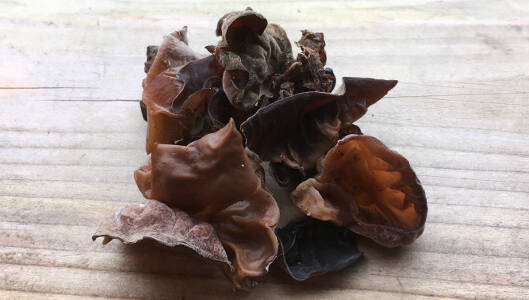
Introduction
Wood ear or jelly ear is know by a number of other common names, and is a species of edible Auriculariales fungus. It is distinctively-shaped, typically being reminiscent of a floppy ear, though the fruit bodies can also be cup-shaped.
This fungus can be found throughout the year but is most common in autumn. It grows upon both dead and living wood of deciduous trees, favouring elder, where it is found 90% of the time.
The wood ear normally grows to 3 to 8 centimetres across, but can be as big as 12 centimetres. It has a tough, gelatinous, elastic texture when fresh, but it dries hard and brittle. Spores are ejected from the underside of the fruit bodies with as many as several hundred thousand an hour, and the high rate continues when the bodies have been significantly dried.
Not edible when raw, this fungus needs to be cooked thoroughly. Young specimens are best for eating and should be thoroughly washed before cooking. They can be dried and re-hydrated, sometimes swelling to a very large size – an interesting process to observe.
What you'll need
This activity has been provided by

Useful items from our shop
Environmental Considerations
Consider the environmental impact of preparing, carrying out & completing this activity. Could this impact be reduced? Specific considerations for this activity could include:
Health & Safety Considerations
Follow your usual operating procedures and carry out appropriate risk benefit assessments.
Some considerations particular to this activity include:
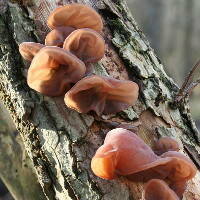
Step #1
Head out on a woodland exploration and keep an eye out for some wood ear fungus – take a basket to collect them in and an ID guide to make sure you collect the right thing.
Have a look at our foraging tips.
Take a really good look at how it is growing – this is good way for groups to get up close to a non-poisonous fungus.
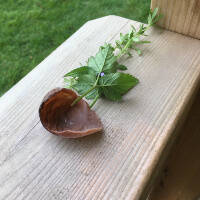
Step #2
Collect some wood ears and allow them to dehydrate (pop them in a dry nook or take them home).
Observe the changes as they dehydrate. They will become hard and brittle.
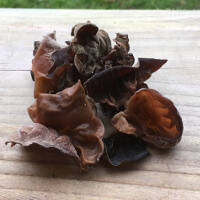
Step #3
Once dehydrated pop a wood ear in water and leave to re-hydrate.
Now you can observe the opposite reaction, as the flesh begins to swell.
Disclaimer: Muddy Faces cannot take any responsibility for accidents or damage that occurs as a result of following this activity.You are responsible for making sure the activity is conducted safely.
Key Features
- Age Range 3+
- Duration A week or so
- Location Anywhere
- Season Autumn
- Time of Day Anytime
-
Categories:
Curriculum Outdoors
science
Food Outdoors
foraging
Nature
